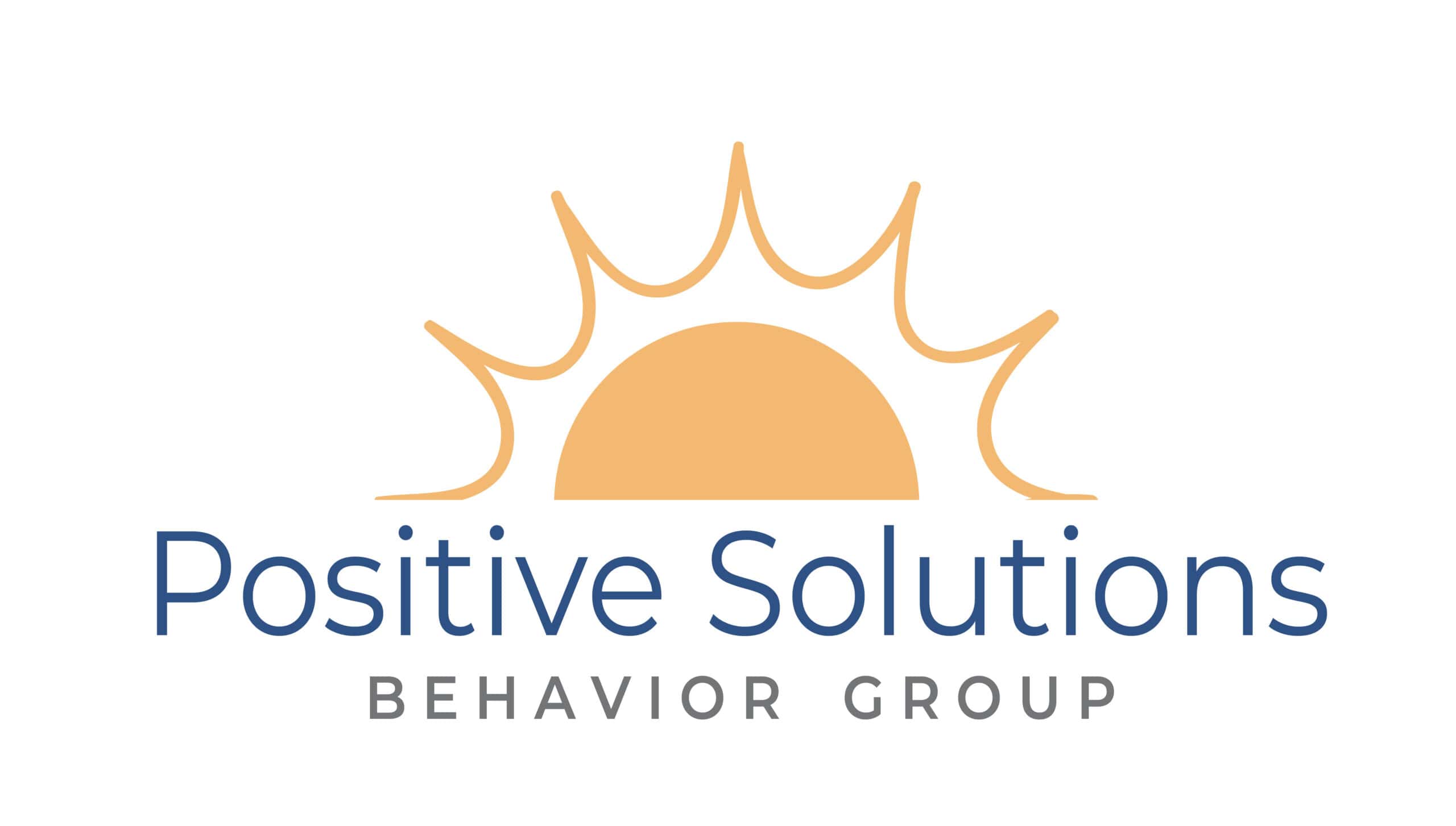Applied Behavior Analysis (ABA) therapy programs are designed to support and enhance a child’s development by focusing on their individual needs and strengths. These programs use positive reinforcement to encourage desirable behaviors while teaching essential skills like communication, social interaction, and self-care. By tailoring strategies to each child, ABA therapy not only helps them learn more effectively but also boosts their confidence and independence. With a collaborative approach involving parents, therapists, and educators, ABA programs create a nurturing environment that fosters growth and empowers children to reach their full potential.
Understanding ABA Therapy: A Brief Overview
Applied Behavior Analysis (ABA) is a scientifically validated approach used to improve specific behaviors and skills in children, particularly those with developmental challenges. At its core, ABA focuses on understanding how behavior is influenced by the environment. By analyzing these relationships, therapists can develop tailored interventions that reinforce positive behavior while minimizing undesirable actions. This method employs techniques such as discrete trial training and natural environment teaching to help children learn in a structured yet flexible manner, making it an effective tool for fostering growth in various developmental areas.

Key Principles of ABA Therapy
ABA therapy is built on several key principles, including reinforcement, prompting, and generalization. Reinforcement encourages positive behavior by providing rewards, while prompting helps children learn new skills by offering cues or guidance. Generalization ensures that learned behaviors are applied across different settings and situations, promoting independence. Together, these principles form the foundation of ABA, allowing therapists to create effective, individualized strategies tailored to each child’s unique needs.
Techniques Used in ABA Therapy
ABA employs various techniques to promote learning and behavior change. Discrete Trial Training (DTT) breaks down skills into small, manageable steps, allowing for focused practice and reinforcement. Natural Environment Teaching (NET) emphasizes learning in real-life situations, helping children apply skills in their daily routines. Other strategies, such as task analysis and video modeling, further enhance the learning experience. By utilizing these techniques, therapists can effectively support children’s growth and development.
Importance of Data Collection
Data collection is a crucial aspect of ABA therapy, providing objective evidence of a child’s progress. Therapists systematically track behaviors, skills, and responses to interventions, allowing for informed decision-making and adjustments. This data-driven approach helps identify trends and patterns, ensuring that strategies remain effective over time. Regular assessments and data analysis also foster open communication between therapists and families, empowering parents to stay engaged in their child’s developmental journey.
Collaboration with Families
Collaboration with families is essential for the success of ABA therapy. Involving parents and caregivers in the process fosters consistency between therapy sessions and home life, reinforcing learned behaviors. Therapists often provide training, resources, and support, enabling families to implement strategies effectively. By working together, families and therapists can celebrate achievements, address challenges, and adapt interventions as needed, creating a supportive network that enhances the child’s overall development.
Long-Term Benefits of ABA
The long-term benefits of ABA therapy extend well beyond childhood. By focusing on skill development, social interactions, and self-regulation, children gain tools that promote independence and success in various aspects of life. Skills learned through ABA can translate to improved academic performance, better relationships, and greater overall well-being. As children grow and face new challenges, the foundational skills acquired through ABA provide a framework for continued personal growth and resilience.
The Importance of Individualized Programs
Every child is unique, and their developmental needs can vary significantly. One of the greatest strengths of ABA therapy is its focus on individualized programs. By conducting thorough assessments and working closely with parents and educators, therapists can design customized interventions that target specific behaviors and skill deficits. This personalized approach ensures that each child receives the support they need to thrive, fostering a sense of accomplishment and motivation. With goals tailored to their strengths and challenges, children are more likely to engage in the learning process and achieve meaningful progress.
Building Essential Life Skills Through ABA
ABA therapy goes beyond addressing behavioral issues; it plays a vital role in teaching essential life skills that children will use throughout their lives. Through carefully structured lessons and positive reinforcement, children learn crucial skills such as communication, social interactions, and self-care. For example, therapists might work on teaching a child how to express their feelings, share with peers, or complete daily tasks independently. By focusing on these foundational skills, ABA not only supports immediate behavior change but also prepares children for greater independence and success in the future.
The Role of Positive Reinforcement
Positive reinforcement is a cornerstone of ABA therapy, creating a motivating environment where children feel encouraged to learn and grow. By rewarding desired behaviors—such as following instructions or sharing with others—therapists help children associate those actions with positive outcomes. This technique not only strengthens the behavior but also builds the child’s confidence and willingness to engage in new activities. Over time, consistent reinforcement helps establish a routine of positive behaviors, making it easier for children to adopt and maintain these skills in various settings, including home and school.
Involving Parents in the Process
Parents play an essential role in the success of ABA therapy programs. Involving them in the therapeutic process helps create consistency between therapy sessions and daily life, which is crucial for reinforcing learned behaviors. Therapists often provide training and resources to parents, enabling them to implement strategies at home. This collaboration fosters a supportive environment where parents can celebrate their child’s progress, address challenges together, and adapt techniques as needed. By working hand-in-hand, parents and therapists can ensure that the benefits of ABA therapy extend beyond therapy sessions and into everyday situations.
Measuring Progress and Outcomes
Monitoring progress is vital in ABA therapy, as it helps therapists and families understand the effectiveness of interventions and make necessary adjustments. Regular assessments are conducted to evaluate behavior changes and skill acquisition, providing concrete data that illustrates a child’s growth over time. By setting measurable goals and tracking achievements, therapists can demonstrate the impact of their strategies and celebrate milestones with families. This focus on data-driven results not only enhances the effectiveness of the program but also instills confidence in parents regarding their child’s developmental journey.
Social Skills Development Through ABA
Developing social skills is a significant focus of ABA therapy, as effective communication and interaction are crucial for a child’s success in school and later in life. ABA programs often incorporate structured social skills training, where children learn how to initiate conversations, share, and empathize with others. Role-playing, peer interactions, and guided practice allow children to experience social situations in a supportive setting. By fostering these skills, ABA therapy helps children build friendships, navigate social environments, and develop confidence in their ability to connect with others, enriching their overall developmental experience.
Creating a Supportive Learning Environment
A supportive learning environment is essential for maximizing the benefits of ABA therapy. This includes not only the physical space where therapy takes place but also the emotional atmosphere created by caregivers and educators. Therapists work to establish a safe, encouraging environment that promotes exploration and learning. By incorporating engaging activities and maintaining a positive tone, children feel more comfortable taking risks and trying new things. When children sense that their learning environment is supportive and nurturing, they are more likely to engage fully and make meaningful strides in their development.
Conclusion
ABA therapy programs can significantly enhance child development by providing tailored strategies that promote positive behavior and learning. At Positive Solutions Behavior Group LLC, we are committed to offering compassionate and effective ABA therapy services designed to meet the unique needs of each child. By fostering an environment of growth and understanding, we help children reach their full potential and thrive in their everyday lives.
For more information about our programs or to schedule a consultation, please contact us at Positive Solutions Behavior Group LLC in Lakewood Ranch, FL, at 859-282-0400. We look forward to supporting your family on this journey toward positive change!






